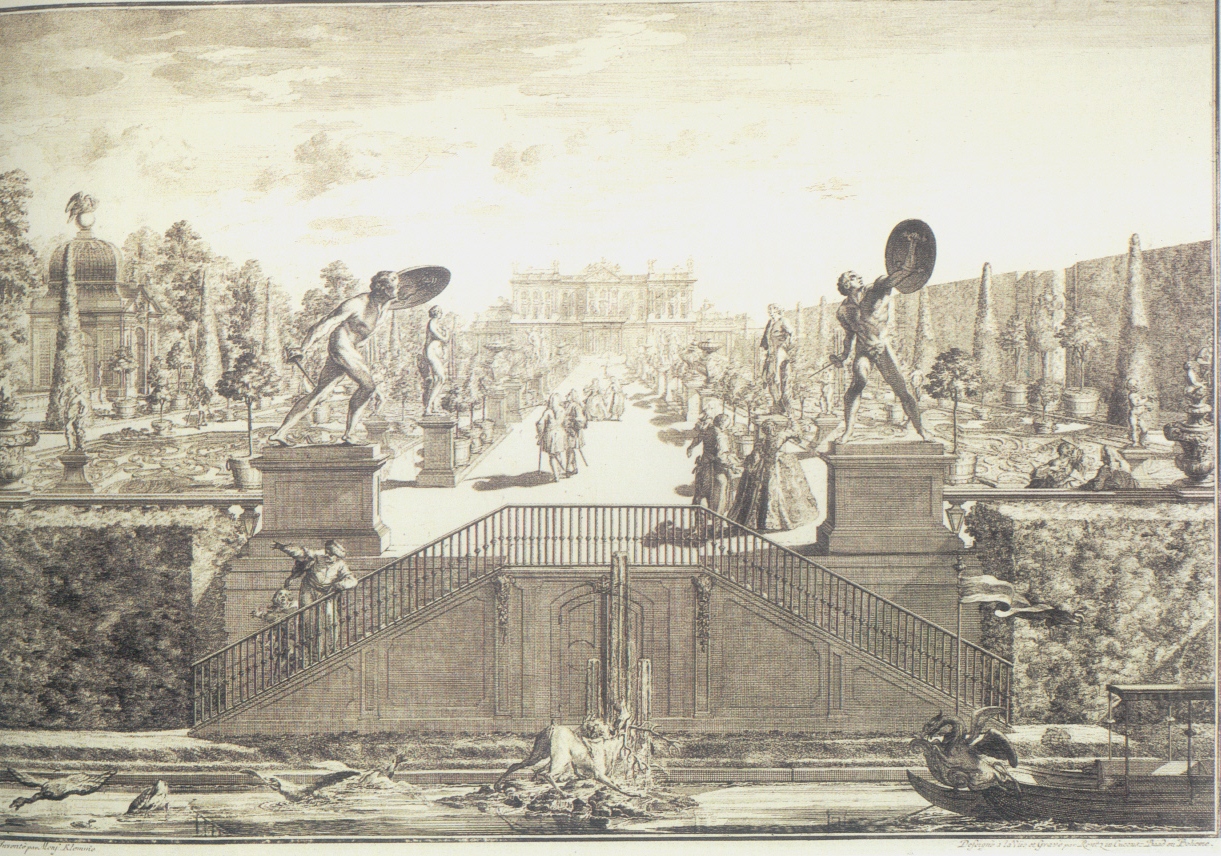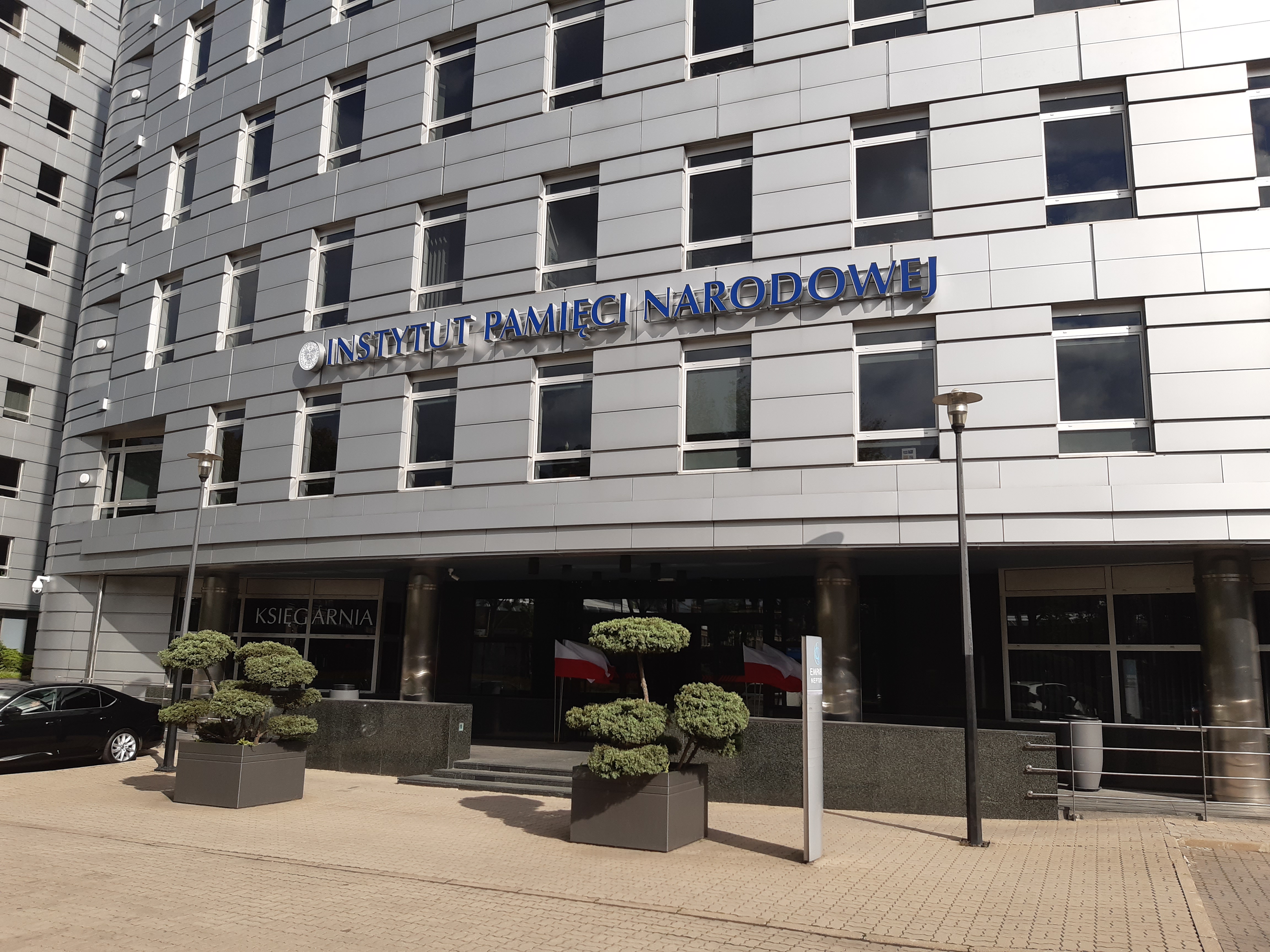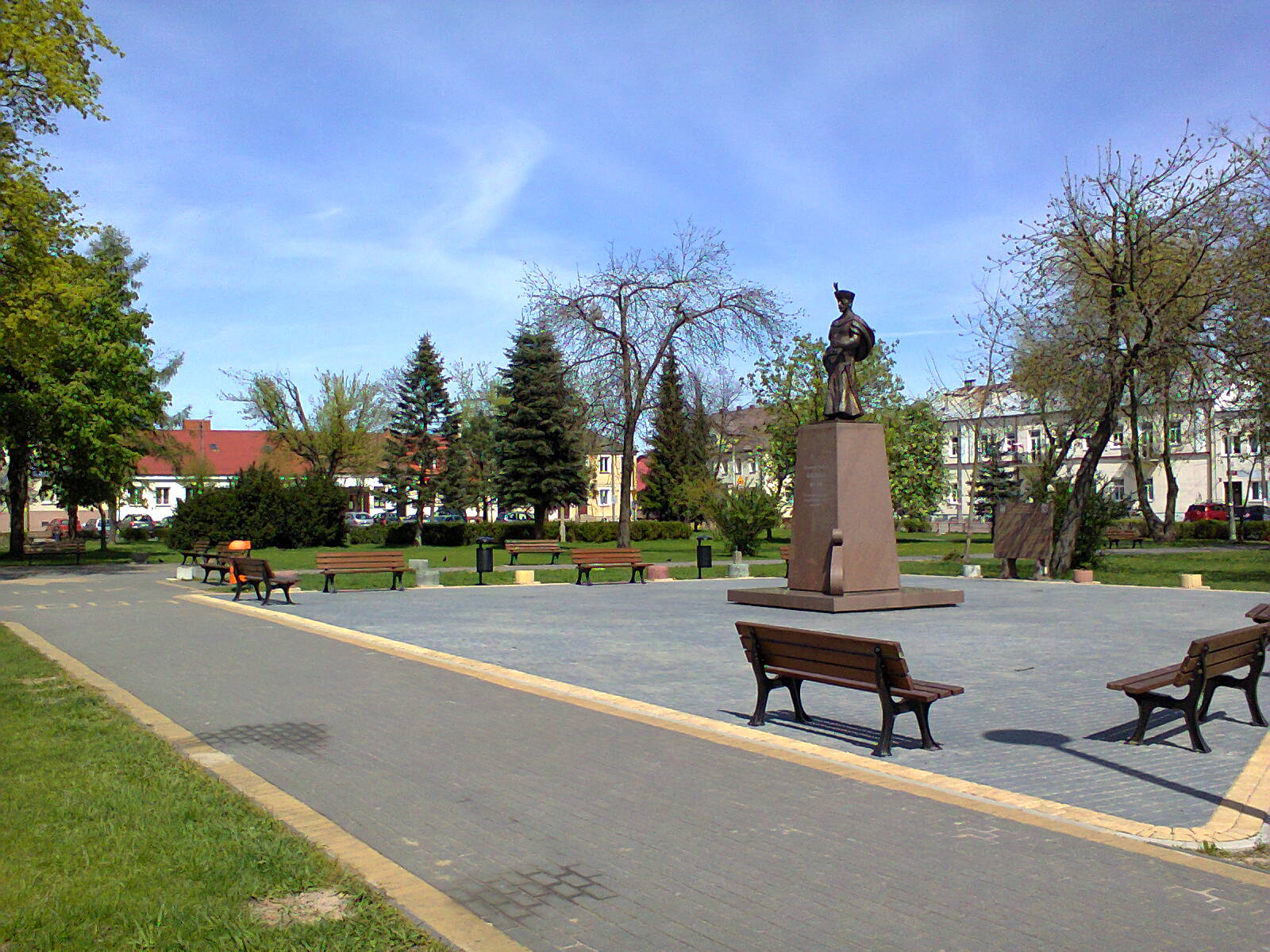|
Bzury, Podlaskie Voivodeship
Bzury is a village in the administrative district of Gmina Szczuczyn, within Grajewo County, Podlaskie Voivodeship, in north-eastern Poland. It lies approximately north-east of Szczuczyn, south-west of Grajewo, and north-west of the regional capital Białystok. World War II In 2012 the Polish Institute of National Remembrance launched an investigation into the 1941 murder of some twenty Jewish women from the Szczuczyn ghetto, committed locally, by six criminals who arrived in Bzury also from the village of Szczuczyn. The crime was investigated in 1950 by the authorities in Stalinist Poland Stalinism is the means of governing and Marxist-Leninist policies implemented in the Soviet Union from 1927 to 1953 by Joseph Stalin. It included the creation of a one-party totalitarian police state, rapid industrialization, the theory o ..., resulting in one death sentence, later commuted to life. The only convicted perpetrator, Stanisław Zalewski, died in 1957. Historian B ... [...More Info...] [...Related Items...] OR: [Wikipedia] [Google] [Baidu] |
Countries Of The World
The following is a list providing an overview of sovereign states around the world with information on their status and recognition of their sovereignty. The 206 listed states can be divided into three categories based on membership within the United Nations System: 193 member states of the United Nations, UN member states, 2 United Nations General Assembly observers#Present non-member observers, UN General Assembly non-member observer states, and 11 other states. The ''sovereignty dispute'' column indicates states having undisputed sovereignty (188 states, of which there are 187 UN member states and 1 UN General Assembly non-member observer state), states having disputed sovereignty (16 states, of which there are 6 UN member states, 1 UN General Assembly non-member observer state, and 9 de facto states), and states having a political status of the Cook Islands and Niue, special political status (2 states, both in associated state, free association with New Zealand). Compi ... [...More Info...] [...Related Items...] OR: [Wikipedia] [Google] [Baidu] |
Białystok
Białystok is the largest city in northeastern Poland and the capital of the Podlaskie Voivodeship. It is the tenth-largest city in Poland, second in terms of population density, and thirteenth in area. Białystok is located in the Białystok Uplands of the Podlachian Plain on the banks of the Biała River, by road northeast of Warsaw. It has historically attracted migrants from elsewhere in Poland and beyond, particularly from Central and Eastern Europe. This is facilitated by the nearby border with Belarus also being the eastern border of the European Union, as well as the Schengen Area. The city and its adjacent municipalities constitute Metropolitan Białystok. The city has a warm summer continental climate, characterized by warm summers and long frosty winters. Forests are an important part of Białystok's character and occupy around (18% of the administrative area of the city) which places it as the fifth-most forested city in Poland. The first settlers arrived in t ... [...More Info...] [...Related Items...] OR: [Wikipedia] [Google] [Baidu] |
Agnieszka Domanowska
Agnieszka is the Polish equivalent of the female given name Agnes (name). Notable people with this name include: *Agnieszka Arnold, Polish documentary filmmaker *Agnieszka Baranowska (1819–1890), Polish playwright and poet *Agnieszka Bednarek (born 1986), international Polish volleyball player *Agnieszka Brustman (born 1962), female Polish chess master *Agnieszka Brzezańska (born 1972), artist based in Warsaw *Agnieszka Brugger (born 1985), German politician * Agnieszka Chylińska (born 1976), Polish rock singer and columnist *Agnieszka Domańska (born 1970), Polish ice dancer * Agnieszka Dowbor-Muśnicka (1919–1940), Polish WWII resistance fighter *Agnieszka Duczmal (born 1946), Polish conductor *Agnieszka Dulej (born 1983), Polish ice dancer * Agnieszka Dygant (born 1973), Polish actress * Agnieszka Graff (born 1970), Polish writer, translator, publicist, feminist and activist * Agnieszka Holland (born 1948), Polish film and TV director and screenwriter *Agnieszka Karpiesiu ... [...More Info...] [...Related Items...] OR: [Wikipedia] [Google] [Baidu] |
Gazeta Wyborcza
''Gazeta Wyborcza'' (; ''The Electoral Gazette'' in English) is a Polish daily newspaper based in Warsaw, Poland. It is the first Polish daily newspaper after the era of "real socialism" and one of Poland's newspapers of record, covering the gamut of political, international and general news from a liberal perspective. History and profile The ''Gazeta Wyborcza'' was first published on 8 May 1989, under the rhyming masthead motto, "''Nie ma wolności bez Solidarności''" ("There's no freedom without Solidarity"). The founders were Andrzej Wajda, Aleksander Paszyński and Zbigniew Bujak. Its founding was an outcome of the Polish Round Table Agreement between the communist government of the People's Republic of Poland and political opponents centred on the Solidarity movement. It was initially owned by Agora SA. Later the American company Cox Communications partially bought the daily. The paper was to serve as the voice of the Solidarity movement during the run-up to the 198 ... [...More Info...] [...Related Items...] OR: [Wikipedia] [Google] [Baidu] |
Jewish Ghettos In German-occupied Poland
Ghettos were established by Nazi Germany in hundreds of locations across occupied Poland after the German invasion of Poland.Yitzhak Arad, ''Belzec, Sobibor, Treblinka.'' Indiana University Press, Bloomington and Indianapolis, 1987.''Biuletyn Głównej Komisji Badania Zbrodni Hitlerowskich w Polsce,'' Wydawnictwo Prawnicze, 1960. Most ghettos were established between October 1939 and July 1942 in order to confine and segregate Poland's Jewish population of about 3.5 million for the purpose of persecution, terror, and exploitation. In smaller towns, ghettos often served as staging points for Jewish and mass deportation actions, while in the urban centers they resembled walled-off prison-islands described by some historians as little more than instruments of "slow, passive murder", with dead bodies littering the streets. In most cases, the larger ghettos did not correspond to traditional Jewish neighborhoods, and non-Jewish Poles and members of other ethnic groups were or ... [...More Info...] [...Related Items...] OR: [Wikipedia] [Google] [Baidu] |
Barbara Engelking
Barbara Engelking (born 22 April 1962) is a Polish sociologist specializing in Holocaust studies. The founder and director of the Polish Center for Holocaust Research in Warsaw, she is the author or editor of several works on the Holocaust in Poland. Education and career Born in Warsaw, Engelking received an MA in psychology from the University of Warsaw in 1988 and a Ph. in sociology from the Polish Academy of Sciences, also in Warsaw, for a thesis on ''The Experience of the Holocaust and its Consequences in Autobiographical Accounts'' (1993). Since 1993, Engelking has been an assistant then associate professor at the Polish Center for Holocaust Research, part of the Institute of Philosophy and Sociology at the Polish Academy of Sciences. Since 2014, she has been chair of Poland's . From November 2015 until April 2016, she was the Ina Levine Invitational Scholar at the United States Holocaust Memorial Museum Mandel Center in Washington, D.C. Works Engelking's book '' ... [...More Info...] [...Related Items...] OR: [Wikipedia] [Google] [Baidu] |
Stalinist Poland
Stalinism is the means of governing and Marxist-Leninist policies implemented in the Soviet Union from 1927 to 1953 by Joseph Stalin. It included the creation of a one-party totalitarian police state, rapid industrialization, the theory of socialism in one country, collectivization of agriculture, intensification of class conflict, a cult of personality, and subordination of the interests of foreign communist parties to those of the Communist Party of the Soviet Union, deemed by Stalinism to be the leading vanguard party of communist revolution at the time. After Stalin's death and the Khrushchev thaw, de-Stalinization began in the 1950s and 1960s, which caused the influence of Stalin’s ideology begin to wane in the USSR. The second wave of de-Stalinization started during Mikhail Gorbachev’s Soviet Glasnost. Stalin's regime forcibly purged society of what it saw as threats to itself and its brand of communism (so-called "enemies of the people"), which included polit ... [...More Info...] [...Related Items...] OR: [Wikipedia] [Google] [Baidu] |
Institute Of National Remembrance
The Institute of National Remembrance – Commission for the Prosecution of Crimes against the Polish Nation ( pl, Instytut Pamięci Narodowej – Komisja Ścigania Zbrodni przeciwko Narodowi Polskiemu, abbreviated IPN) is a Polish state research institute in charge of education and archives with investigative and lustration powers. The IPN was established by the Polish parliament by the Act on the Institute of National Remembrance of 18 December 1998, which incorporated the earlier Main Commission for the Prosecution of Crimes against the Polish Nation of 1991. IPN itself had replaced a body on Nazi crimes established in 1945. In 2018, IPN's mission statement was amended by the controversial Amendment to the Act on the Institute of National Remembrance to include "protecting the reputation of the Republic of Poland and the Polish Nation". The IPN investigates Nazi and Communist crimes committed between 1917 and 1990, documents its findings, and disseminates them to the public ... [...More Info...] [...Related Items...] OR: [Wikipedia] [Google] [Baidu] |
Grajewo
Grajewo (, yi, גראיעווע, translit=Grayavah) is a town in north-eastern Poland with 21,499 inhabitants (2016). It is situated in the Podlaskie Voivodeship (since 1999); previously, it was in Łomża Voivodeship (1975–1998). It is the capital of Grajewo County. It is located within the historic region of Masovia, near the border with Podlachia and Masuria. History At one time, the area was inhabited by the Yotvingians. Kingdom of Poland The first settlements in the region of modern Grajewo already existed in the early 15th century. The first documented mention is from the year 1426. In the late 15th century the village was a small center of trade and crafts. In 1540 the town obtained municipal rights from Polish King Sigismund I the Old. In 1656, during the Deluge (Polish-Swedish war), the Battle of Prostki took place nearby. The town's population decreased dramatically as a result of the war. In 1692 the town came into possession of the Wilczewski family, hailing ... [...More Info...] [...Related Items...] OR: [Wikipedia] [Google] [Baidu] |
Voivodeships Of Poland
A voivodeship (; pl, województwo ; plural: ) is the highest-level administrative division of Poland, corresponding to a province in many other countries. The term has been in use since the 14th century and is commonly translated into English as "province". The Polish local government reforms adopted in 1998, which went into effect on 1 January 1999, created sixteen new voivodeships. These replaced the 49 former voivodeships that had existed from 1 July 1975, and bear a greater resemblance (in territory, but not in name) to the voivodeships that existed between 1950 and 1975. Today's voivodeships are mostly named after historical and geographical regions, while those prior to 1998 generally took their names from the cities on which they were centered. The new units range in area from under (Opole Voivodeship) to over (Masovian Voivodeship), and in population from nearly one million (Opole Voivodeship) to over five million (Masovian Voivodeship). Administrative authority at th ... [...More Info...] [...Related Items...] OR: [Wikipedia] [Google] [Baidu] |
Szczuczyn
Szczuczyn is a town in Grajewo County, Podlaskie Voivodeship, Poland. As of 2004, it has a population of 3,602. History The town is located in the north-eastern outskirts of Mazovia, which has been part of Poland since the establishment of the state in the Middle Ages. In 1437, the Szczuka noble family of the Grabie coat of arms purchased the land, on which they founded the village, which was initially named ''Szczuki-Litwa''. Thanks to the efforts of Stanisław Antoni Szczuka, Szczuczyn was granted town rights around 1690 by Polish King John III Sobieski.''Słownik geograficzny Królestwa Polskiego i innych krajów słowiańskich'', Tom XI, p. 863 Szczuka brought the Piarists to the town and a Baroque Piarist church and monastery complex was built, which remains the greatest landmark of the town. Szczuka also built a Piarist college, for which the Polish King established a scholarship fund. Szczuczyn was a private town, administratively located in the Masovian Voivodeship ... [...More Info...] [...Related Items...] OR: [Wikipedia] [Google] [Baidu] |
Village
A village is a clustered human settlement or community, larger than a hamlet but smaller than a town (although the word is often used to describe both hamlets and smaller towns), with a population typically ranging from a few hundred to a few thousand. Though villages are often located in rural areas, the term urban village is also applied to certain urban neighborhoods. Villages are normally permanent, with fixed dwellings; however, transient villages can occur. Further, the dwellings of a village are fairly close to one another, not scattered broadly over the landscape, as a dispersed settlement. In the past, villages were a usual form of community for societies that practice subsistence agriculture, and also for some non-agricultural societies. In Great Britain, a hamlet earned the right to be called a village when it built a church. [...More Info...] [...Related Items...] OR: [Wikipedia] [Google] [Baidu] |







